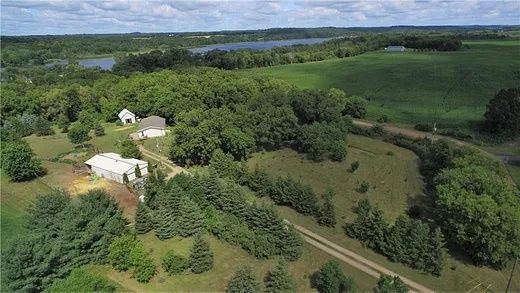
Community Definition and Identity
Our community is comprised of Cass, Crow Wing, Morrison, Todd, and Wadena Counties in north central Minnesota. It includes 65 cities, 155 townships, one sovereign Tribal Nation and a National Guard training facility (one of the largest in the country). Of the 65 cities, the majority have less than 1,000 residents.
The regional population totals 169,529. Regional population grew about 4% between 2010 and 2020, not as much as the Twin Cities metro area, but more than some other rural areas in the state. Overall, the state grew by about 7.6%. The United States experienced overall growth of 7.4% during the same time period. It ranks as one of the fastest growing of the 13 economic development regions in the state from 2010‐2020. The region is the largest rural Minnesota region (a region without a metropolitan statistical area within it).
Our regional population has had significant changes since the turn of the century but remains less diverse than the state overall. In 2020, over 90% of the region’s residents reported white alone as their race, compared to 76% of the residents statewide. Unlike the state as a whole, the regional white population grew slightly while the state’s white population dropped significantly. However, like the state, most of the region’s population growth is attributable to black, indigenous, and people of color (BIPOC) groups (nearly 96%). Most of the regional diversity in our five‐county region is due to the sizable
American Indian population. An estimated 4,307 residents in the region are American Indian or Alaskan Native. This was 2.8% of the regional population, nearly triple the statewide proportion.
Additionally, parts of the region with natural amenities often experience tripling of population during the summer months due to seasonal residents. (Data from 2020 U.S. Census)

Our region is a diverse area that is primarily rural. It includes both high proportions of residents living in poverty, as well as a high concentration of wealthy vacation homeowners. Due to colonization, the population is largely white and Christian. There are pockets of historically marginalized identities, including the Ojibwe indigenous community and recent immigrant communities from Latin America and East Africa. The population generally is socially and politically conservative. Residents take pride in their communities and traditions and are protective of them. They work hard and play hard. Outdoor activities are highly valued both in summer and winter. There is a strong tradition of taking care of your neighbors. There is a sense of resilience as evidenced by how the population has adjusted to the weather extremes of the seasons.
Key Advantages and Challenges
Human Capital
● Advantages: Low crime, quality healthcare, two higher education institutions, diversifying demographics.
● Challenges: Lack of entry level housing options, access to childcare, lack of a four‐year college to attract a diverse population to the region, aging population, and lower participation in the workforce.
Economic Competitiveness
● Advantages: Low crime, quality healthcare, two higher education institutions, diversifying demographics, rising number of remote workers.
● Challenges: Lack of entry level housing options, access to childcare, lack of a four‐year college to attract a diverse population to the region.
Community Resources
● Advantages: Lakes and rivers, tourism, farming, work ethic, educational support, quantity of resources, community‐based agriculture, parks and trail system, cultural programs and arts programs, younger workforce, healthcare, and regional coordination.
● Challenges: Lack of diverse populations, disconnected state politician representation, lack of volunteers, tourism can lead to longer commute times for homeowners, tension between the “haves and have‐nots” and between longtime community members and newcomers, lack of employees and wages, fear of change.
Foundational Assets
● Advantages: Lakes and rivers, tourism, farming, work ethic, educational support, quantity of resources, community‐based agriculture, parks and trail system, cultural programs and arts programs, younger workforce, healthcare, and regional coordination.
● Challenges: Lack of diverse populations, disconnected state politician representation, lack of volunteers, tourism can lead to longer commute times for homeowners, tension between the “haves and have‐nots” and between longtime community members and newcomers, lack of employees and wages, fear of change.

